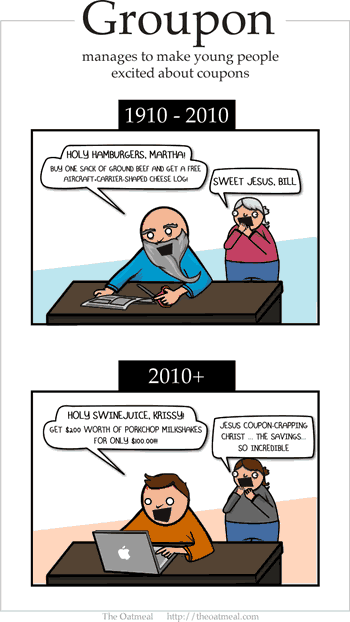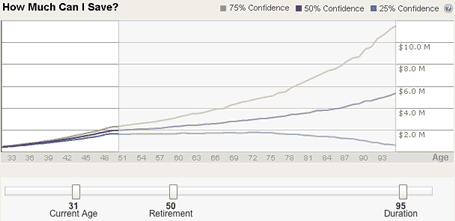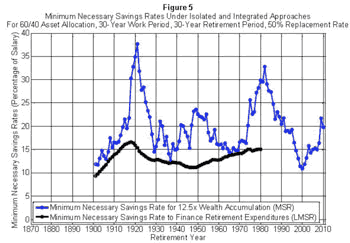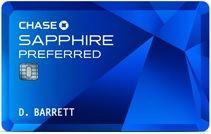Update: As of late 2012 Scottrade announced that they would liquidate their FocusShares ETFs.
 Scottrade bought FocusShares as a subsidiary and has joined the free ETF landscape. They introduced 15 new low-cost Focus Morningstar ETFs which passively track several major broad indices. Discount brokerage Scottrade will allow account holders to trade them commission-free without any holding limits or additional requirements. You don’t need a certain balance, and you could trade as little as one share at a time. Here’s a list of the ETFs:
Scottrade bought FocusShares as a subsidiary and has joined the free ETF landscape. They introduced 15 new low-cost Focus Morningstar ETFs which passively track several major broad indices. Discount brokerage Scottrade will allow account holders to trade them commission-free without any holding limits or additional requirements. You don’t need a certain balance, and you could trade as little as one share at a time. Here’s a list of the ETFs:
Focus Morningstar US Market Index ETF (FMU)
Focus Morningstar Large Cap Index ETF (FLG)
Focus Morningstar Mid Cap Index ETF (FMM)
Focus Morningstar Small Cap Index ETF (FOS)
Focus Morningstar Basic Materials Index ETF (FBM)
Focus Morningstar Communication Services Index ETF (FCQ)
Focus Morningstar Consumer Cyclical Index ETF (FCL)
Focus Morningstar Consumer Defensive Index ETF (FCD)
Focus Morningstar Energy Index ETF (FEG)
Focus Morningstar Financial Services Index ETF (FFL)
Focus Morningstar Healthcare Index ETF (FHC)
Focus Morningstar Industrials Index ETF (FIL)
Focus Morningstar Real Estate Index ETF (FRL)
Focus Morningstar Technology Index ETF (FTQ)
Focus Morningstar Utilities Index ETF (FUI)
Tracking Indexes
It’s a bit annoying that all these guys track a proprietary index from Morningstar. For example, the US Market Index ETF tracks the Morningstar® US Market Index, the Large Cap Index ETF tracks the Morningstar® Large Cap Index, and so on. I know they probably end up very close to other broad indexes, but it makes performance comparisons more difficult. Perhaps they really wanted the Morningstar brand on them, or maybe the licensing fees are a lot cheaper than MSCI or S&P charges? Maybe both.
Expense Ratios
One of the major attractions of these new ETFs are their super-low expense ratios. In most cases, they are the cheapest in their sector, even lower than Vanguard. The US Market Index ETF charges a mere 0.05% annually. They provide a ETF expense comparison chart.
However, Vanguard’s structure has them offering ETFs “at cost”, which means that employees are getting paid, but there are no profits going off to eagerly waiting shareholders. Vanguard’s US Market Index ETF (VTI) is huge with nearly $20 billion in assets, and they are charging 0.07%. There is absolutely no way Scottrade & Focus are making money on these things at 0.06%, somebody is subsidizing the heck out of them and will be losing money for a while. If these don’t do very well, then they will either shut them down or raise expense ratios in the future.
Would I Buy Them?
First, competition is good, and I’m happy that people are realizing that costs do matter. If you really wanted exposure to these areas and already have a Scottrade account, this does makes them very convenient. You can open an account with just $500, and there are no minimums or maintenance fees. I can see how Scottrade-affiliated financial advisors would like them, as it lower costs for clients already committed to the platform, and they can rebalance without commissions.
There are similar free ETF offerings from Fidelity, Schwab, and TD Ameritrade
If you are an individual investor buying ETFs as a long-term holding, my preference would be to open an account at Vanguard, buy their ETFs with no commission as well (or mutual funds), and be able to feel confident that your costs will always remain reasonable. They also have a much wider selection, including international stocks and bond funds. FocusShares already shut down all their ETFs once back in 2008 already. Are these added risks worth $2 a year for every $10,000 invested?
More coverage: IndexUniverse, WSJ.


 The Amazon Appstore for Android OS smartphones has opened, and they are offering new free apps every day to promote it. Yesterday’s app was Angry Birds Rio (still free)… Wednesday was World Series of Poker: Hold ’em Legend (not free anymore), Thursday is Doodle Jump.
The Amazon Appstore for Android OS smartphones has opened, and they are offering new free apps every day to promote it. Yesterday’s app was Angry Birds Rio (still free)… Wednesday was World Series of Poker: Hold ’em Legend (not free anymore), Thursday is Doodle Jump.
 The Chase Sapphire Preferred® Card is a rewards credit card offering new cardholders 50,000 bonus points after you spend $4,000 in purchases within the first 3 months. 50,000 points can be redeemed for $625 in travel when you redeem through Chase Ultimate Rewards™ since they offer a 25% boost towards airfare and hotels. Earn 5,000 additional bonus points after you add the first authorized user and make a purchase in the first 3 months from account opening. No annual fee for the first year, $95 in future years.
The Chase Sapphire Preferred® Card is a rewards credit card offering new cardholders 50,000 bonus points after you spend $4,000 in purchases within the first 3 months. 50,000 points can be redeemed for $625 in travel when you redeem through Chase Ultimate Rewards™ since they offer a 25% boost towards airfare and hotels. Earn 5,000 additional bonus points after you add the first authorized user and make a purchase in the first 3 months from account opening. No annual fee for the first year, $95 in future years.  I got an e-mail this morning that my trading account with OptionsXpress is merging with Charles Schwab. Well, considering Schwab (SCHW) has a market cap over 20 times that of OptionsXpress (OXPS), it’s more like they bought OX for their options/futures trading platform and active-trader clients. The WSJ reports:
I got an e-mail this morning that my trading account with OptionsXpress is merging with Charles Schwab. Well, considering Schwab (SCHW) has a market cap over 20 times that of OptionsXpress (OXPS), it’s more like they bought OX for their options/futures trading platform and active-trader clients. The WSJ reports: Groupon has a nationwide deal again that will get you five one-day rentals at Blockbuster Express kiosks for $2. The regular cost would have been $5. I don’t really get the limitation of one per person when you can buy seemingly unlimited as “gifts”. By the way, Blockbuster Express kiosks are owned by NCR, not the Blockbuster Video that is in bankruptcy.
Groupon has a nationwide deal again that will get you five one-day rentals at Blockbuster Express kiosks for $2. The regular cost would have been $5. I don’t really get the limitation of one per person when you can buy seemingly unlimited as “gifts”. By the way, Blockbuster Express kiosks are owned by NCR, not the Blockbuster Video that is in bankruptcy. The Best Credit Card Bonus Offers – March 2024
The Best Credit Card Bonus Offers – March 2024 Big List of Free Stocks from Brokerage Apps
Big List of Free Stocks from Brokerage Apps Best Interest Rates on Cash - March 2024
Best Interest Rates on Cash - March 2024 Free Credit Scores x 3 + Free Credit Monitoring
Free Credit Scores x 3 + Free Credit Monitoring Best No Fee 0% APR Balance Transfer Offers
Best No Fee 0% APR Balance Transfer Offers Little-Known Cellular Data Plans That Can Save Big Money
Little-Known Cellular Data Plans That Can Save Big Money How To Haggle Your Cable or Direct TV Bill
How To Haggle Your Cable or Direct TV Bill Big List of Free Consumer Data Reports (Credit, Rent, Work)
Big List of Free Consumer Data Reports (Credit, Rent, Work)